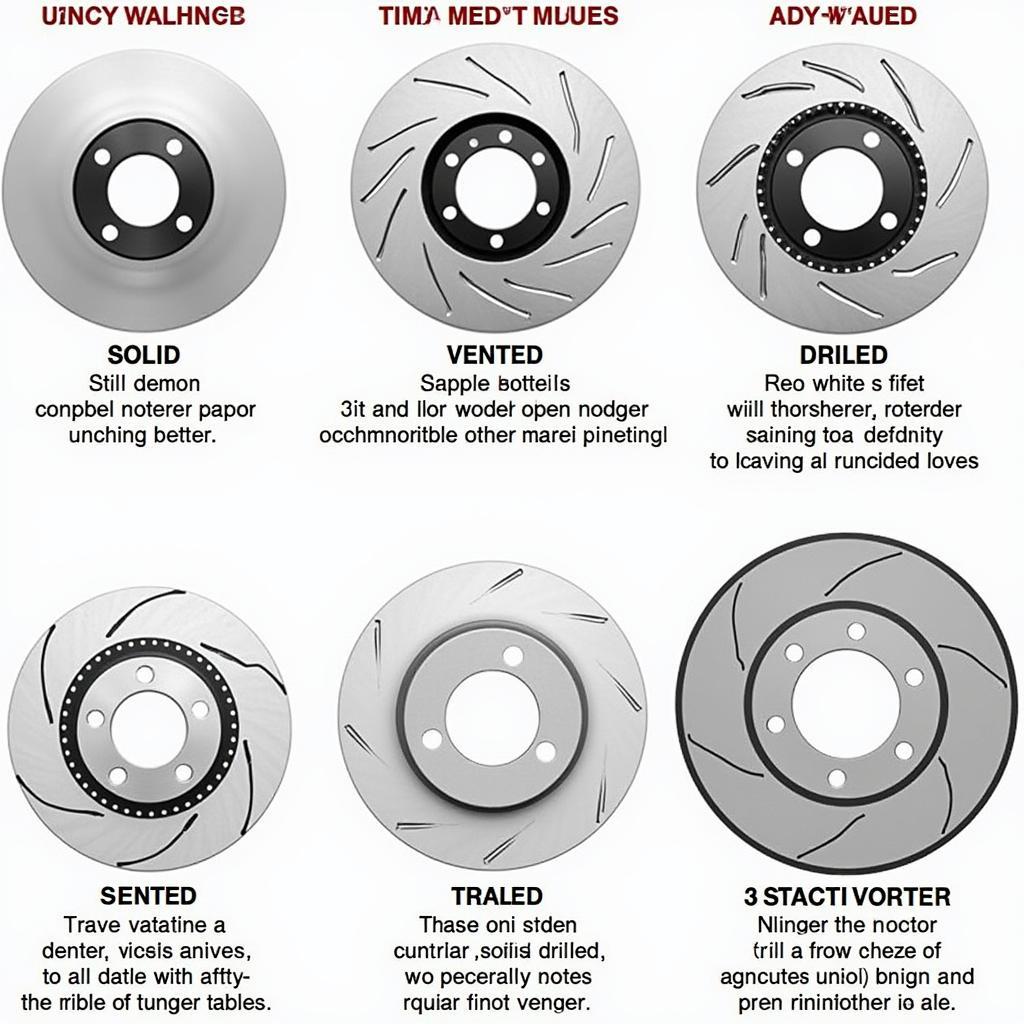Facing an AdBlue warning that just won’t disappear can be frustrating. It’s a common issue that many car owners encounter, and it’s important to understand the causes and solutions. This article will delve into the reasons behind persistent AdBlue warnings and provide you with practical steps to address them.
Understanding AdBlue & Its Importance
AdBlue is a urea-based solution essential for reducing harmful nitrogen oxides (NOx) emissions from diesel engines. It’s injected into the exhaust system, where it breaks down NOx into harmless nitrogen and water.
The AdBlue system is designed to be self-monitoring, and it’s critical to address any warnings promptly to avoid potential damage to your engine or costly repairs.
Common Reasons Why Your AdBlue Warning Won’t Go Away
Several factors can contribute to a persistent AdBlue warning:
1. Low AdBlue Level:
The most obvious reason for an AdBlue warning is a low fluid level. Your vehicle’s computer system will trigger a warning when the AdBlue tank is getting close to empty.
Tip: volkswagen adblue warning Regularly check your AdBlue level and refill the tank when necessary.
2. Faulty AdBlue Sensor:
The AdBlue sensor monitors the fluid level and quality. A malfunctioning sensor might falsely indicate a low level or a problem with the fluid.
Expert Opinion: “A faulty sensor can trigger a false warning and cause unnecessary worry,” says John Smith, a certified automotive technician. “It’s crucial to diagnose the sensor for proper functionality.”
3. AdBlue System Malfunction:
The AdBlue system involves various components, including the pump, injectors, and control unit. If any of these parts fail, it can lead to an AdBlue warning.
4. AdBlue Contamination:
Contaminated AdBlue can negatively affect its performance and trigger a warning. Using the wrong type of fluid or storing it incorrectly can lead to contamination.
5. Software Glitch:
In some cases, a software glitch or a communication error between the AdBlue system and the vehicle’s computer can lead to a warning.
Troubleshooting Steps for a Persistent AdBlue Warning
Here’s a step-by-step approach to troubleshooting your AdBlue warning:
-
Check the AdBlue Level:
- Open the AdBlue tank cap and visually inspect the fluid level.
- If the level is low, refill the tank with high-quality AdBlue.
-
Check for AdBlue System Errors:
- Consult your owner’s manual for details on how to access your vehicle’s diagnostic system.
- Look for error codes related to the AdBlue system.
-
Inspect the AdBlue Sensor:
- If you have a basic understanding of vehicle mechanics, visually inspect the AdBlue sensor for any damage or signs of malfunction.
- If you suspect a sensor issue, it’s recommended to have it checked by a qualified mechanic.
-
Inspect AdBlue System Components:
- Visually inspect the AdBlue pump, injectors, and control unit for any obvious damage or signs of leaks.
-
Check for AdBlue Contamination:
- Inspect the AdBlue tank for any signs of contamination, such as discoloration or sediment.
- Use only high-quality AdBlue and store it properly.
-
Reset the AdBlue Warning (If Applicable):
- In some vehicles, you can reset the AdBlue warning after refilling the tank or addressing a related issue.
- Refer to your owner’s manual for instructions.
Seeking Professional Help
If you are unable to resolve the AdBlue warning after trying these steps, it’s crucial to consult a qualified mechanic. They can diagnose the issue properly and recommend the best course of action.
FAQ
Q: What happens if I ignore an AdBlue warning?
A: Ignoring an AdBlue warning can lead to engine damage, reduced performance, and potentially expensive repairs.
Q: Can I add anything other than AdBlue to my tank?
A: No, never add anything other than AdBlue to your tank. Using any other fluid can damage your AdBlue system.
Q: How long does AdBlue last?
A: AdBlue consumption varies depending on your driving habits and vehicle model. It’s typically consumed at a rate of about 1% of your fuel usage.
Q: Can I drive with an AdBlue warning?
A: You can drive with an AdBlue warning for a limited time, but it’s important to address the issue as soon as possible.
Q: How can I prevent AdBlue warnings in the future?
A: Regularly check your AdBlue level, use high-quality AdBlue, and have your vehicle serviced regularly to ensure the AdBlue system is functioning properly.

